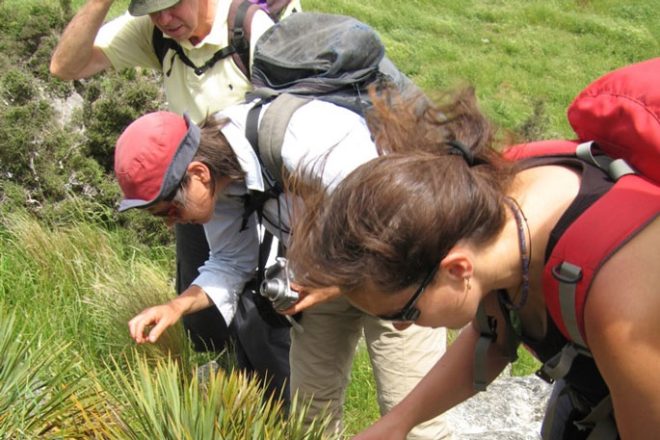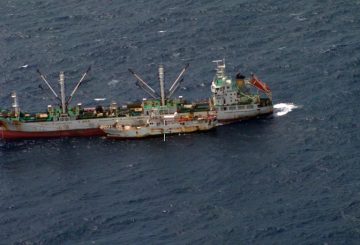Các nhà nghiên cứu từ Đại học Canterbury và các đối tác của họ đã phát triển một ứng dụng có tên Find-A-Pest để giúp người New Zealand chống lại các loài gây hại xâm lấn. Ứng dụng cho phép người dùng xác định và báo cáo thực vật, động vật và côn trùng xâm lấn, giúp bảo vệ môi trường của New Zealand.
Ứng dụng này là duy nhất ở New Zealand vì nó tạo ra một cơ sở dữ liệu về thông tin dịch hại, được sử dụng bởi nhiều tổ chức, bao gồm Bộ Công nghiệp Tiểu học, Cục Bảo tồn, hội đồng khu vực và các nhóm ngành chính.
Phó giáo sư Steve Pawson, người tư vấn về ứng dụng, cho biết nó cũng có thể được sử dụng như một công cụ giáo dục. Ứng dụng sử dụng trí tuệ nhân tạo (AI) để xác định sâu bệnh và cung cấp thông tin về môi trường sống, vật chủ và sự phân bố của chúng. Sau đó, một nhóm các chuyên gia xác nhận những nhận dạng này và cung cấp phản hồi cho người dùng.
Find-A-Pest là một nguồn tài nguyên quý giá cho bất kỳ ai quan tâm đến việc bảo vệ môi trường. Bằng cách sử dụng ứng dụng, các cá nhân có thể giúp phát hiện sớm sâu bệnh, hỗ trợ các nỗ lực quản lý dịch hại và giảm thiểu thiệt hại môi trường.
Bộ Công nghiệp Tiểu học (MPI) đã đóng một vai trò quan trọng trong việc phát triển Find-A-Pest kể từ khi ra mắt vào năm 2018. Giám đốc an toàn sinh học của MPI Peter Thompson cho biết ứng dụng này là một công cụ khác trong hộp công cụ an toàn sinh học, khuyến khích nhiều người hơn giúp bảo vệ môi trường khỏi các loài xâm lấn.
Người dùng không cần phải là chuyên gia về dịch hại. AI giúp xác định loài và một chuyên gia sau đó kiểm tra chÉO việc nhận dạng. Sau phản hồi từ người dùng, ứng dụng đã được cập nhật để cung cấp khả năng ngoại tuyến, nhận dạng ngay lập tức, quy trình báo cáo đơn giản và thông tin chính để giáo dục người dùng về dịch hại ở New Zealand.
Phó giáo sư Pawson nói: “Chúng tôi vô cùng vui mừng về bản cập nhật này. “Nhóm của chúng tôi đã làm việc không mệt mỏi để kết hợp phản hồi từ người dùng của chúng tôi và mang lại trải nghiệm tốt hơn nữa. Chúng tôi tin rằng những thay đổi này sẽ làm cho Find-A-Pest hấp dẫn hơn, trực quan và hữu ích hơn cho tất cả mọi người.”
Ứng dụng có thể được tải xuống từ trang web Find a Pest.





























































